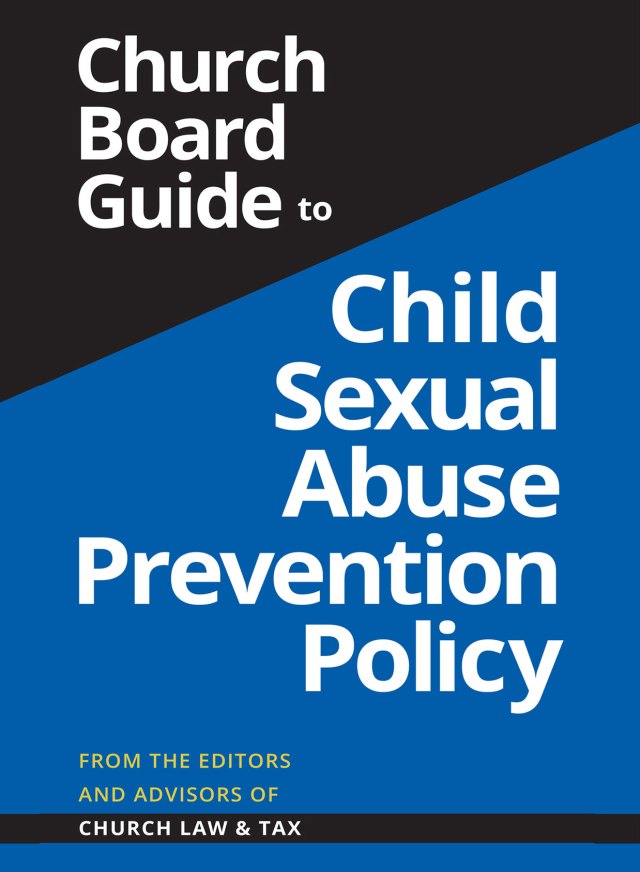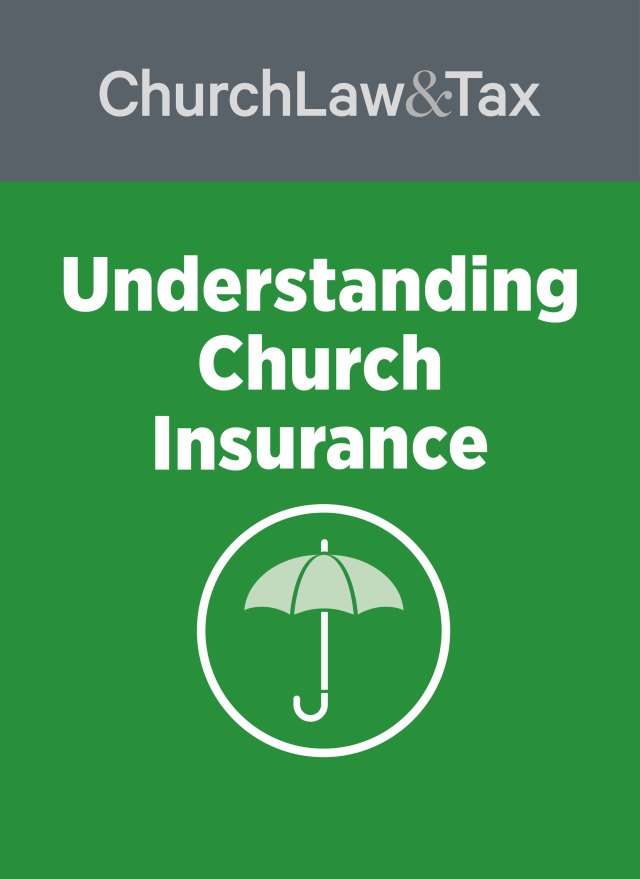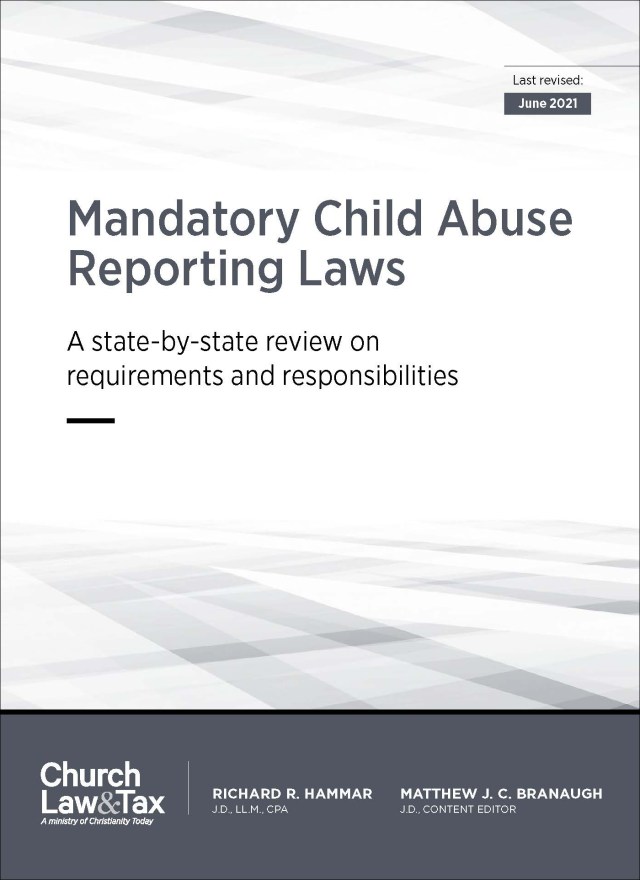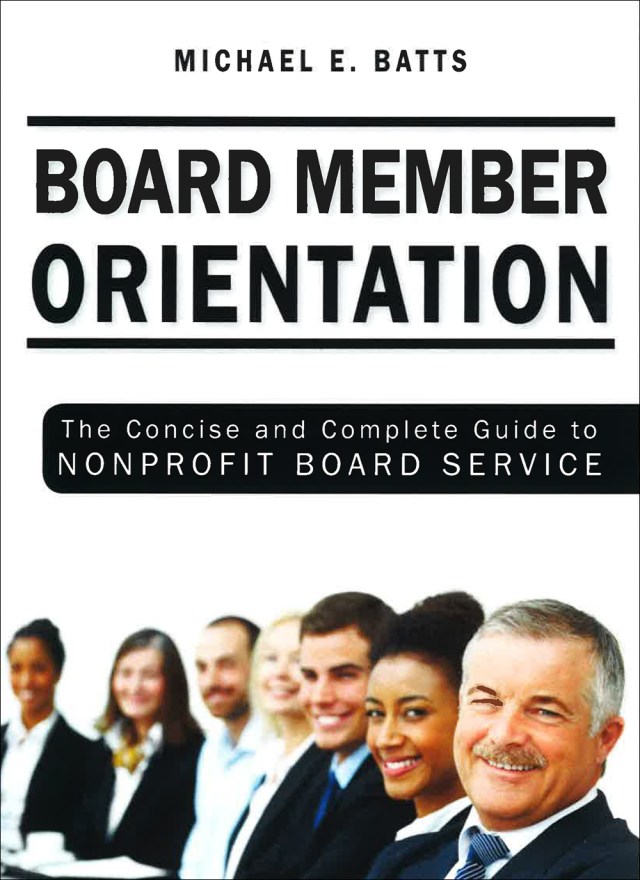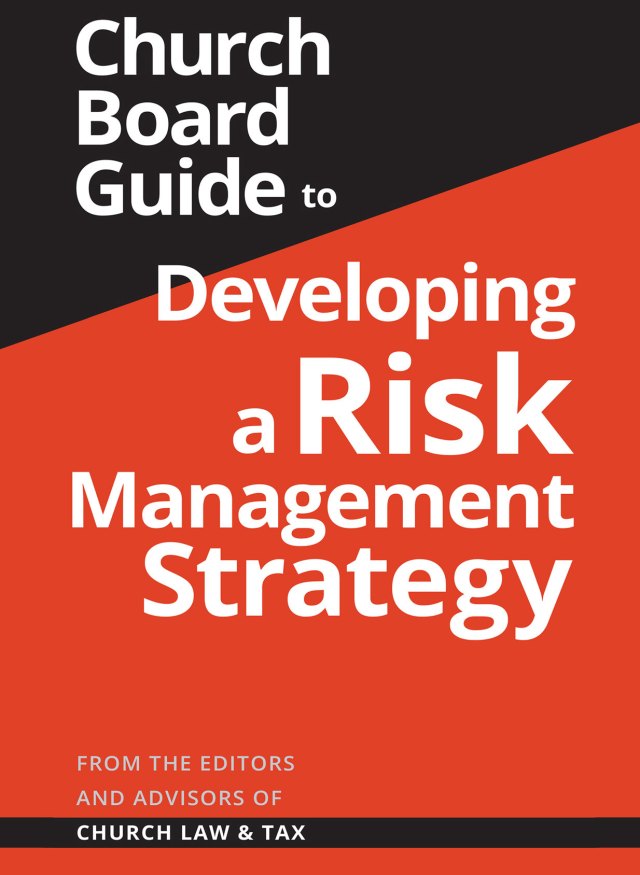With the “Youth Ministry in America” survey results as a starting point, we continue our roundtable discussion. Today we discuss the important–and sometimes overlooked–issue of safety training in churches.
If you missed the any of the other weeks’ blog posts on the top concerns facing youth ministry, you can find them here:
Roundtable participants: Brian McAuliffe, CFO at Willow Creek Community Church in Illinois; Garland Owensby, professor at Southwestern Assembly of God University in Texas and a volunteer youth worker; Brad Neese, teaching pastor at Berrien Center Bible Church in Michigan; Laura Leonard, associate editor of BuildingChurchLeaders.com and a volunteer youth leader in Illinois; and Wes Trevor, youth director at Central Presbyterian Church in Colorado. Ashley Moore, assistant editor for the Church Law & Tax Group moderated this roundtable–with assistance from editorial resident Andrew Finch.
Ashley (Moore) Emmert: According to our research, about one-third of youth pastors and youth workers say that their church provides training on child abuse awareness and reporting. More than three in ten respondents say they didn’t receive any training. Do your churches have any safety training?
Wes Trevor: We have a policy manual that dictates reporting structure, but we do not have annual abuse awareness training. I have been here two years and I still have not received formal training from the church.
Brian McAuliffe: We try to go over our manual during our leaders’ meetings once a year. We also have a reporting structure. So if our leaders or volunteers see something alarming, they bring it up the chain. We usually get pastoral and church staff involved in the reporting.
We also do a lot of online training. Anybody who volunteers in any of our children’s or vulnerable adults’ ministries has to go through the training before they can volunteer.
Garland Owensby: The only formal training I’m aware of is for people who work with foster children. We have a foster child ministry, and everyone involved in that ministry goes through not only the background check but also through specific training, because of the government regulations on interacting with foster children.
Laura Leonard: We don’t have any kind of formal training for child abuse. Our youth pastor’s wife, who also functions as a youth pastor, is a social worker who works in that field. So I know that is something she definitely pays attention to, but we as leaders haven’t been trained on recognizing abuse.
Brad Neese: We have a child protection policy manual. When somebody volunteers or comes on as a leader, they read through it and then they sign off that they’ve read it. This goes along with doing background checks. But there’s no annual or semi-annual specific training on child abuse.
Ashley (Moore) Emmert: Is it enough to have something for people to read on their own? Or do you think that there’s a need for training that helps people spot possible signs of child abuse?
Brian McAuliffe: It’s so hard for people to spot. I think training does help, as well as having a manual with some guidance. But more important is the desire to have skilled people in the group that really understand the issues, so when people have a question they can ask someone who seems more adept at understanding those types of issues. One thing you don’t want is people raising a lot of red flags when there aren’t any. That creates a lot of angst for everybody.
Garland Owensby: Because I’m in the academic world, and I’m so used to syllabi and students looking for loopholes, I want something spelled out for me. I want procedures. I want a manual.
I think this is important because so much of what we deal with is both spiritual and physical. Sometimes people think, Well, if I just pray about it … they want to do the spiritual side but not deal with the physical: Man, I need to get involved in this person’s life and I’m going to need to talk to somebody about this. If we don’t spell these issues out, if we don’t have a manual that provides guidelines, people are going to go into denial mode. They’ll think, Maybe they really did fall down the stairs, or Maybe I’m just making this up, and talk themselves out of stepping in.
Brad Neese: Eight years ago, when we first started at our current church, they didn’t have anything set up. They said, “Everybody knows everybody. Our church is like 600 people. We just know. They’ve been here for years, and they would never hurt anybody.” They were taking a small church approach to safety.
The thing is, we weren’t a church of 200, but we were acting like it. It was almost like a cultural shift that we had to take in letting people know that we aren’t as small as we used to be, and we don’t know everybody coming in the door. For a year or two it was a big shift with our leaders and our volunteers. Part of the reason they put together the child protection manual was to show that we wouldn’t be negligent in a court of law. It was that kind of attitudinal shift that we had to embark on.
Wes Trevor: We are in the process of establishing a more official training program. I would say that we had a small-church mindset, but because of the inappropriate relationship a youth pastor had with one of the students ten years ago, we had to shift. It has taken ten years to get to where background checks are normal for working with minors and training for volunteers is expected.
For us it really comes from a mindset where we don’t think as a corporation; we think as a church. We think we know everyone, so we don’t need to go through this training. But in 2008, we finished up a four-year lawsuit as a result of that situation ten years ago, and we finally realized, “Oh, we’re still a corporation. We’ve got to cover ourselves better and make sure that we are taking care of our staff and volunteers and try to prevent any of these types of situations from happening again.” So we’re in the middle of a very long process of that culture shift to being more proactive in doing the research ahead of time as opposed to reacting after something happens.
Brian McAuliffe: Many churches I talk to around the country haven’t made the decision that they’re both a church and a corporation. They don’t understand the exposures that they have and that their ministry can get obliterated with one bad claim. They think they know everybody, and it’s really scary that they don’t understand the risk.
I think the question for a lot of us is, “How do these youth programs grow?” Most of the time it is through peer and school connections. So they’re bringing in a lot of new youth that are not from the church or a part of the church. That is the whole point, to bring in youth that are not saved so they can find their way to Christ. But that’s where you find a lot of the issues.
We had a problem two years ago at our winter retreat where some new girls snuck vodka in through water bottles. They were not part of the regular youth group at one of our campuses, and they were the ones that created all the issues. So to say “We know everybody” gets really scary. So many churches bury their head and say “We’re just a church.” That’s not going to protect them in a court of law.
Garland Owensby: Our denomination has a rule that if the church is too small, it’s owned by the district. One of these small churches, because they were so small, hired the pastor’s son as the youth pastor. He didn’t go through background checks, and he molested a student. That family not only sued the church and the pastor but then was able to take it up the line to the point that the district was thinking they are going to have to sell a bunch of small churches to be able to bring justice financially to this family. In reading the survey the thing that concerned me was this: the smaller the church, the less background checks and training they were doing. And this isn’t just a small church issue. This could then spread to a church that is planting a church. The legal ramifications are huge.
For more information on youth ministry and social media, check out the downloadable resources
Essential Guide to Youth Ministry Safety.
